If you’re a new dog owner, you might feel overwhelmed by how to train your new pet. While many people offer advice on how to train your dog correctly, sometimes you might receive incorrect tips that lead you and your dog down an undesirable path. Proper training is crucial for your pet’s safety and socialization, and it will help build a strong bond between you and your dog that lasts a lifetime. Training is a necessary step in raising a well-rounded dog, and it all starts with you.In this guide, we have listed nine dog training tips for beginners to help you master how to use positive reinforcement to train your dog correctly.

Before You Start
Before beginning training, make sure you have plenty of soft dog treats on hand. It’s best to choose soft treats as they’re easier for puppies to chew, and ensure they’re small enough to avoid overfeeding your dog during training. Also, make sure the treats are healthy and free of artificial preservatives or fillers.
When training your dog, never use harsh sounds, yelling, or, worse, violence. Never hit your dog. Yelling or using harsh sounds will only make your dog fearful of you. Hitting your dog is absolutely unacceptable and inhumane.
Dogs perform well in positive reinforcement training that uses praise and food rewards. With time and patience, you can train your dog to become one of the best-behaved pups around.
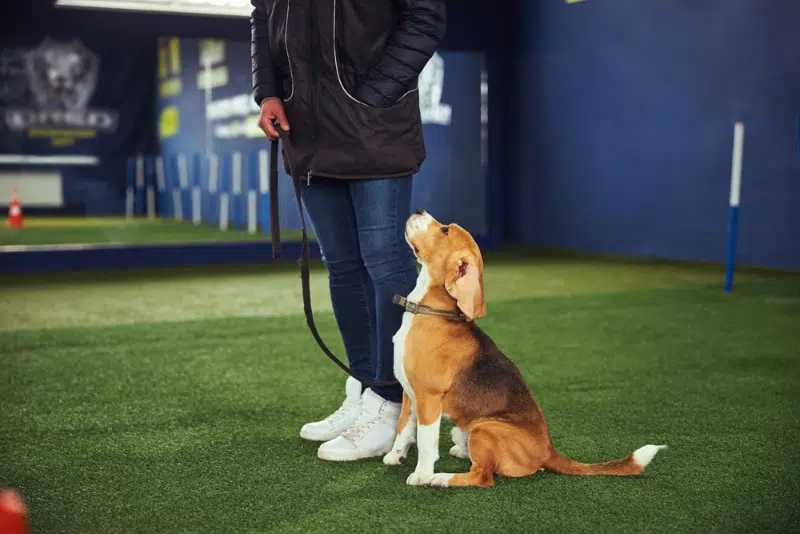
9 Dog Training Tips for Beginners
1. Keep Training Sessions Short
The shorter the training session, the better your dog will focus (especially with puppies). The ideal training time is 5 to 10 minutes per session, and it’s best to start with simple commands like “sit,” “stay,” “come,” and “down.” Be sure to reward them with treats and praise, using a soothing tone when saying phrases like “good boy!”
2. Only Use the Command Once
You need to design a specific command or phrase for each task. For example, if you want your dog to sit, always use the exact word “sit.” Avoid deviating from the command, as it can confuse your dog about what you’re asking.
For potty training, pick a consistent phrase like “go potty” or “do your business.” Changing the command will confuse your dog, making it harder for them to understand what you’re asking.
Also, use the command only once. Repeating the command multiple times won’t improve your dog’s response, and it could even make them ignore you.
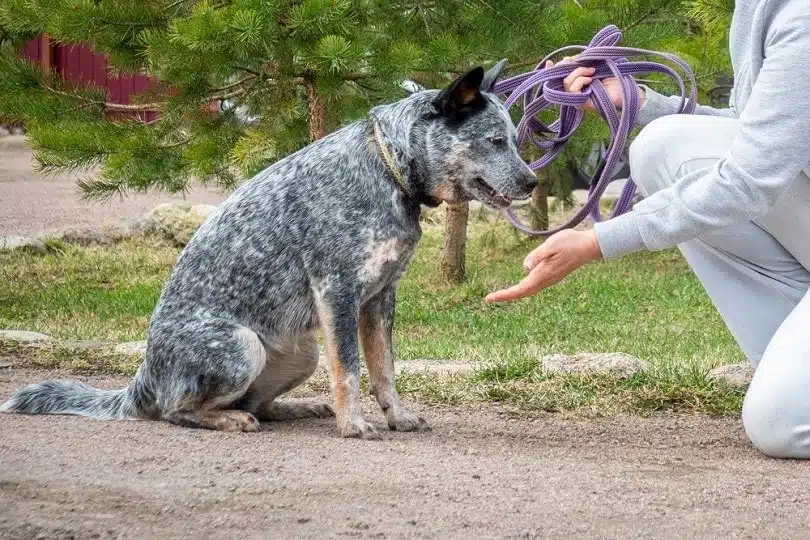
How to Train Your Dog to Sit
“Sit” should be the first command your dog learns, as it will lay the foundation for other commands.
Hold a treat above your dog’s nose and slowly move it back towards their tail. As the dog follows the treat, it will naturally sit down. Be sure to say the word “sit” while moving the treat. When your dog sits, reward them with the treat and praise.
How to Train Your Dog to Stay
Ensure your dog has already mastered the “sit” command. For this task, use the “stay” command and a hand gesture.
Have your dog sit, then slowly step back, saying “stay” while signaling with your hand. Maintain eye contact and gradually increase the distance, rewarding your dog with treats and praise when they stay in place.
How to Train Your Dog to Lie Down
Once your dog is sitting, hold a treat near their nose and slowly lower it towards the ground, saying “down.” Your dog will follow the treat and lie down. When your dog lies down, reward them with treats and praise.
How to Train Your Dog to Come When Called
This command is vital for your dog’s safety. You’ll need a long leash for this exercise. Allow your dog to explore, then call out “come.” When your dog comes to you, reward them with treats and praise. Gradually increase the distance and time your dog can explore, and add more distractions to reinforce the behavior.
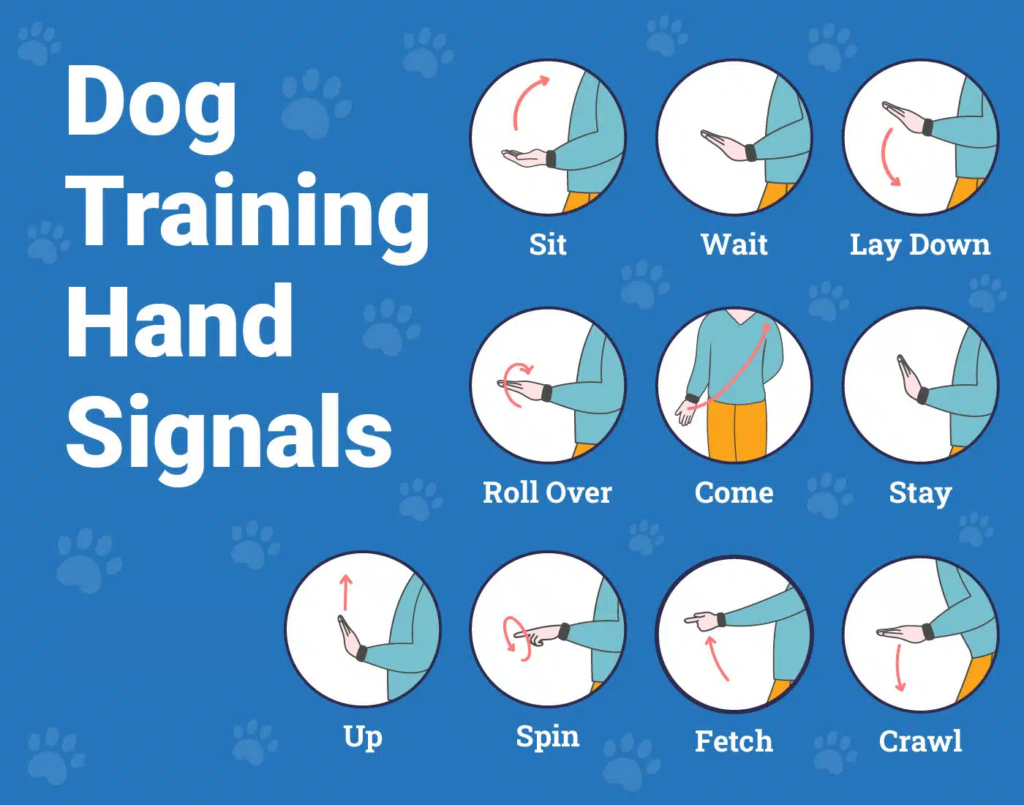
3. Schedule Training Sessions Before Meals
Dogs respond well to food-based reward systems. Training just before mealtime will help your dog stay focused. If you feed your dog at 4:00 p.m., plan a quick training session at 3:50 p.m. for 5 to 10 minutes.
4. Maintain a Positive Attitude
Training sessions should never make your dog feel scared or stressed. If you use a harsh tone, your dog may become fearful and confused. Negative methods can lead to aggressive behavior.
It’s widely believed that dogs are not naturally aggressive (such as pit bulls). In reality, aggression is learned, often due to fear or poor socialization. During training, always use a calm and positive tone to avoid fostering aggressive behavior.
5. Train in an Undistracted Environment
As we mentioned earlier, when training your dog to come when called, gradually introduce distractions. But during regular training, it’s important to reduce distractions. Turn off the TV, mute your phone, and inform anyone in your household that you’re starting a training session.
Pick a room in your house that your dog is familiar with and has enough space. Once your dog learns the commands, you can take the training outside. If your yard doesn’t have a fence, use a leash during outdoor training to ensure your dog’s safety.
6. Choose the Right Time for Training
Avoid training your dog when they’re tired, overheated, or just finished playing. Training during these times will make it hard for your dog to focus, leading to poor results. Instead, schedule training sessions before meals or after naps, as these are times when dogs are most alert and focused.

7. Understand Your Dog’s Motivation
Every dog has its own preferences. If you use rewards your dog loves, the training will be more successful. For instance, don’t use treats your dog dislikes, as it will reduce their motivation. If you discover your dog enjoys a particular treat, stick with it. Some dogs prefer toys or play as rewards instead of food.
8. Know When to End a Training Session
Don’t get angry or frustrated if your dog doesn’t cooperate. It’s best to end the session and try again later. Anger will only confuse and frighten your pet. Stay calm and relaxed, and remember to use a soft, soothing tone to avoid upsetting them.
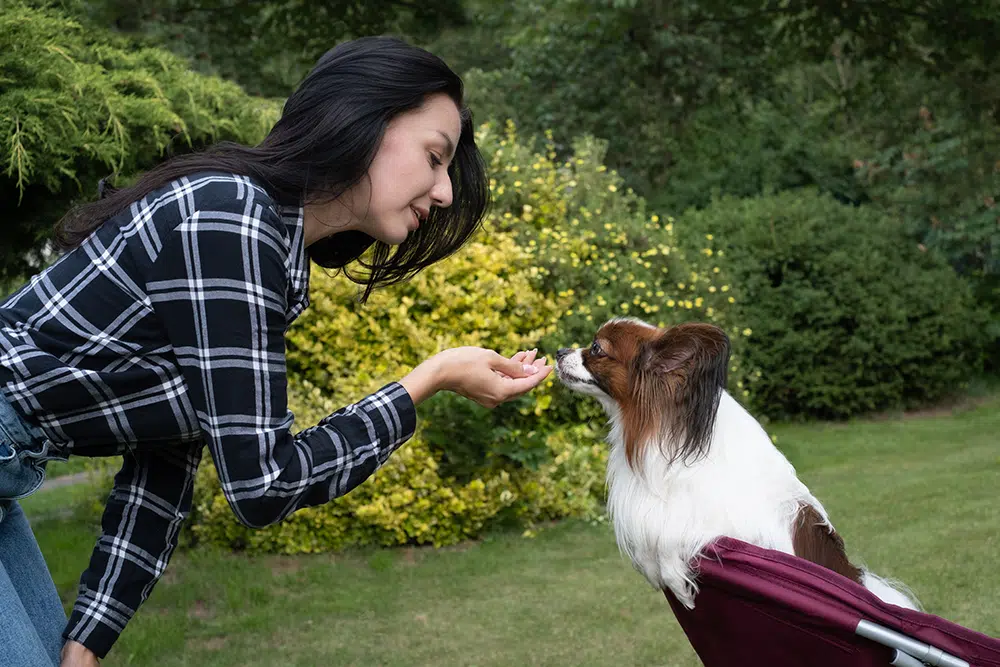
9. Enroll Your Dog in Obedience Classes
If you feel like your training sessions aren’t yielding results, consider enrolling your dog in obedience classes. You can hire a private trainer or join group classes with other dogs and owners. Letting your dog interact with other dogs in these classes can help with socialization, and both you and your dog might make new friends in the process.
See Also: Dog Obedience Training Tips

Conclusion
The key to dog training is consistency. Your goal is to make training fun and enjoyable for your dog, not stressful or fearful. Proper training will help your dog have positive experiences with people and other pets, and it will transform them into a well-behaved and polite dog. As long as you stay committed to the process, you and your dog will enjoy the journey and form a lifelong bond.
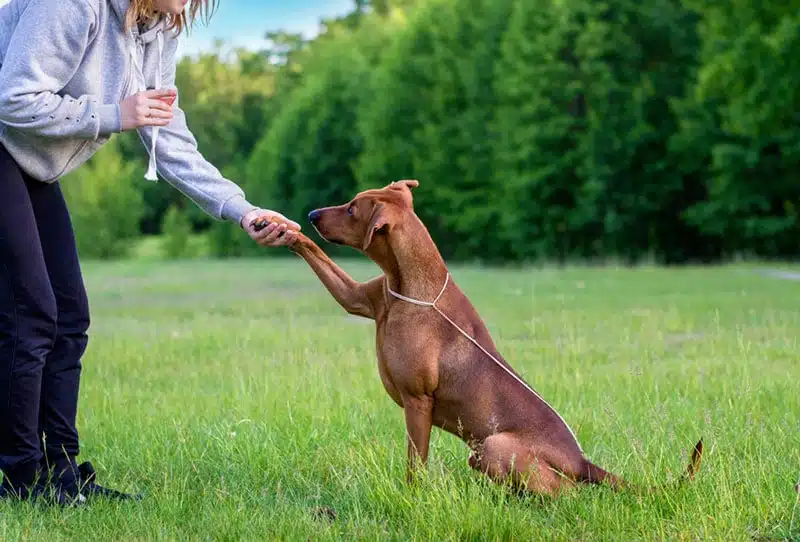

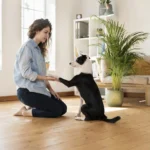
Pingback: Dog Obedience Training Tips: A Beginner’s Guide to Success - Happy Paws Spot